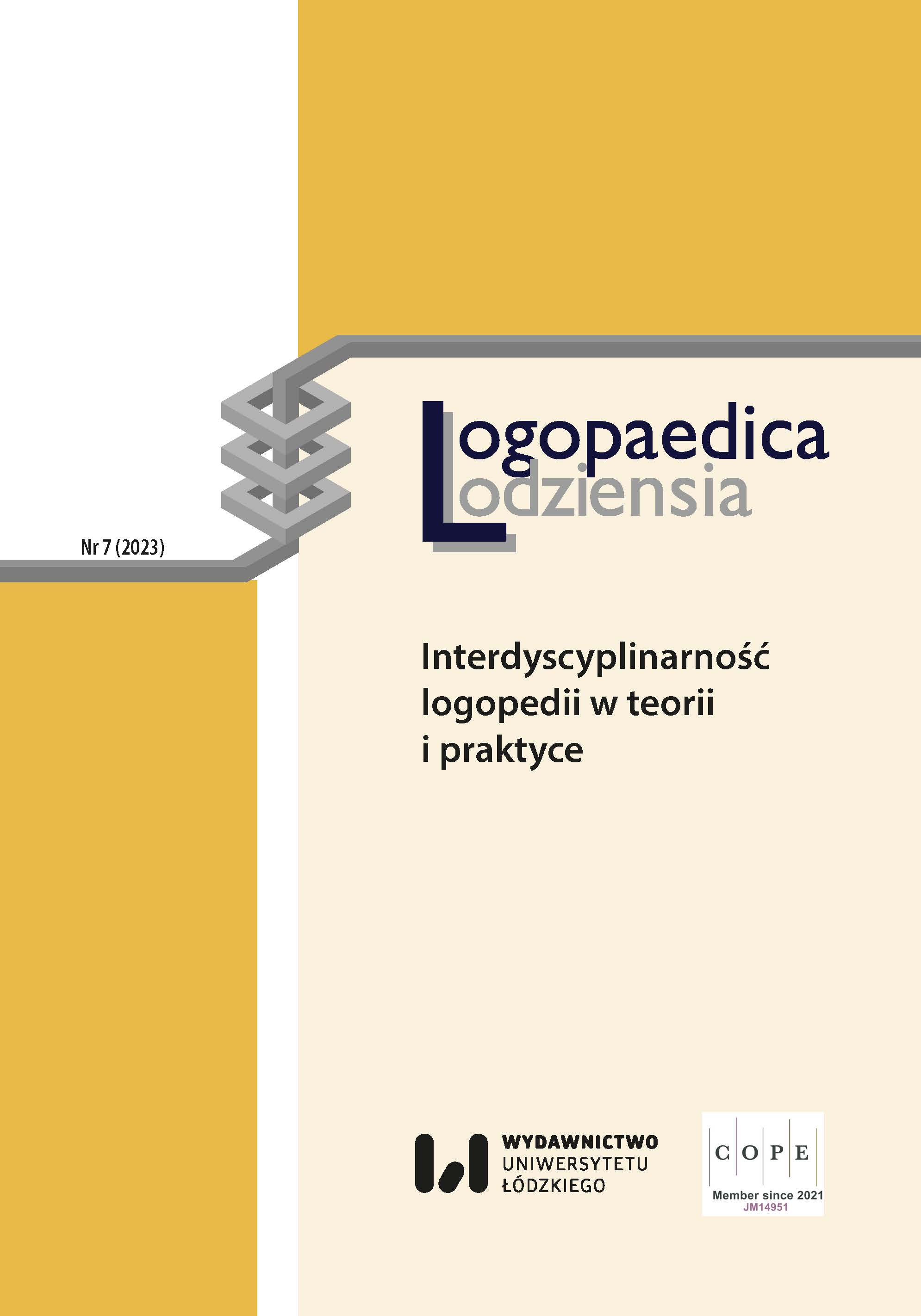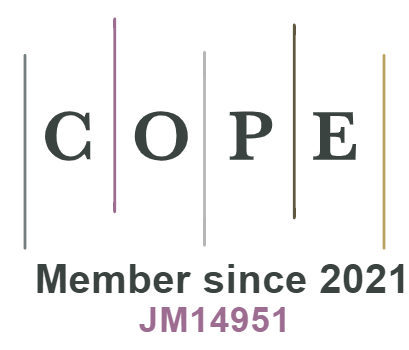Diagnostic difficulties of a patient with sudden dizziness and suspected poisoning with household cleaning chemical: a case study
DOI:
https://doi.org/10.18778/2544-7238.07.11Keywords:
diagnostic difficulties, sudden dizziness, suspicion of poisoning, chemical cleanersAbstract
Based on a properly conducted medical evaluation and physical examination, it is possible to determine the type of dizziness such as systemic associated with the damage of peripheral vestibular system or non‑systemic associated with a central vestibular dysfunction. This is essential as it determines the order of consultations and determines specific indications for hospitalisation in the department of otolaryngology or neurology. The article presents a case of a patient admitted to the Clinic as planned to complete otoneurological and audiological diagnostics. On the grounds of comprehensive medical evaluation and available medical documentation it was concluded that acute ailments in the form of dizziness and balance disorders first appeared about a month beforehand during cleaning work. Meanwhile, the concerned family called the emergency medical team, who based on the symptoms and suspecting poisoning from household cleaning chemicals referred and transported her to the Nofer Institute of Occupational Medicine in Łódź.
After performing an otorhinolaryngology physical examination and diagnostic tests, including laboratory, audiological, otoneurological and imaging tests, the following disorders were diagnosed: dizziness of mixed origin with decreased excitability of the middle ear labyrinth (affecting the left ear), moderate bilateral sensorineural hearing loss and unilateral tinnitus in the left ear.
Downloads
References
Boczarska‑Jedynak M., Czechowicz B., Opala G., 2007, Zawroty głowy w wieku podeszłym, „Vertigoprofil”, t. 1, nr 3/4, s. 7–14.
Google Scholar
Buckley J.G., Fitzgerald O’Connor A.F., Ford G.R., Hickey S.A., 1990, Unterberger stepping test: a useful indicator of peripheral vestibular dysfunction?, „Journal of Laryngology & Otology”, Vol. 104(8), s. 599–602.
Google Scholar
Claussen C.F., 1994, Vestibular compensation, „Acta Otolaryngologica”, Vol. 513 (Suppl), s. 33–36.
Google Scholar
Janczewski G., 2009, Wywiad chorobowy – ważny moment w kontakcie lekarza rodzinnego z chorym z zawrotami głowy i zaburzeniami równowagi, „Vertigoforum”, t. 1, nr 1, s. 9–13.
Google Scholar
Janczewski G., Latkowski B., 1998, Otoneurologia, t. 1–2, Warszawa: Bel‑Corp.
Google Scholar
Kroenke K., Hoffman R.M., Einstadter D., 2000, How common are various causes of dizziness? A critical review, „ Southern Medical Journal”, Vol. 93(2), s. 160–167.
Google Scholar
Murdin L., Schilder A.G., 2015, Epidemiology of balance symptoms and disorders in the community: a systematic revive, „Otology & Neurotology”, Vol. 36(3), s. 387–392.
Google Scholar
Nauman H.H., Martin S., Schorn K., 1996, Diagnostyka różnicowa w otolaryngologii. Objawy, zespoły i problemy interdyscyplinarne, Warszawa: Wydawnictwo Lekarskie PZWL.
Google Scholar
Neuhauser H.K., 2007, Epidemiology of vertigo, „Current Opinion in Neurology”, Vol. 20, s. 404–416.
Google Scholar
Obrębowski A., 2010, Standardy rozpoznawania i leczenia zawrotów głowy, seria: „Biblioteka lekarza praktyka”, Warszawa: Oinpharma.
Google Scholar
Olszewski J., Pietkiewicz P., Kuśmierczyk K., Bielińska M., 2008, Analiza przyczyn i wyników leczenia chorych z zawrotami głowy, „Otolaryngologia Polska”, t. 7, nr 3, s. 139–142.
Google Scholar
Yagi T., 2008, Nystagmus as a sign of labyrinthine disorders‑three‑dimensional analysis of nystagmus, „Clinical and Experimental Otorhinolaryngology”, Vol. 1(2), s. 63–74.
Google Scholar
Downloads
Published
Versions
- 2023-12-01 (2)
- 2023-11-29 (1)
How to Cite
Issue
Section
License

This work is licensed under a Creative Commons Attribution-NonCommercial-NoDerivatives 4.0 International License.












